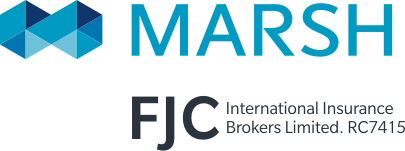Key Elements to Defining your Risk Profile
As the past several months have shown, there is a major difference in how businesses with a deep understanding of their risks handle crises in comparison to those with a limited understanding. The impact of COVID-19 will challenge the operations of companies well into the future; having a good understanding of potential risk has never been more important to business survival and resilience.
It is in a company’s best interest to take an active approach to soften negative events by understanding its risk profile. This understanding will help companies to access the full value of the services presented by an insurance broker when minimising their risk exposure.
The Benefits
A risk profile outlines the types of risks impacting a company, the likelihood of their occurrence, and the potential effects of those risks. With this knowledge, businesses can anticipate the relevant costs and disruption. As well as strengthening resilience, this knowledge can help companies calculate the level of risk they are prepared to take on, and what needs to be transferred.
Creating a risk profile requires analysis of the types of risks your company is facing - as well as an assessment of the new threats emerging globally. The following steps are essential in defining your risk profile.
Use an enterprise risk assessment (ERA) to assess the severity of how future events could impact business objectives. Within this process, also assess the likelihood of these events occurring within a particular time frame.
Gain an objective understanding/perspective of your risk by assigning numerical values to their associated threats. There are a number of models that can be used to do this, but most will take the form of a likelihood/severity matrix against which risks can be plotted in order to obtain their values.
Manage the gap between the company’s risk profile and its risk appetite with an enterprise risk management (ERM) program. Some risks can be reduced significantly when properly accounted for. Use this plan to organise risk transfer and mitigation.
Generally, high-impact/low-likelihood events are not a key focus within a risk profile; the most emphasis is placed on events falling into the high-impact/high-likelihood range. However, the COVID-19 crisis has demonstrated the importance of deeper level of preparedness in order to build key lines of defence and increase resilience in a meaningful way.
Companies will need to prioritise their risk and resilience arrangements in order to be prepared in their business operations, and optimise recovery in the face of future disruption.
